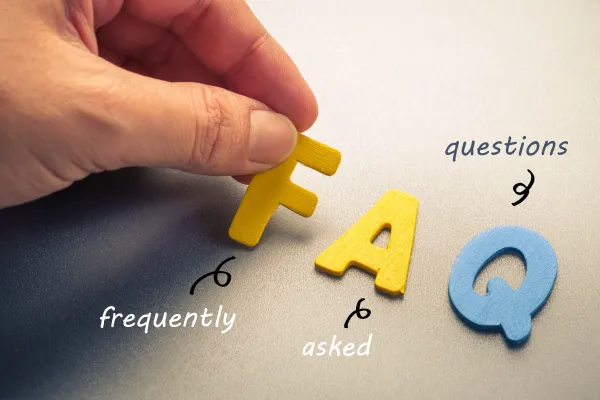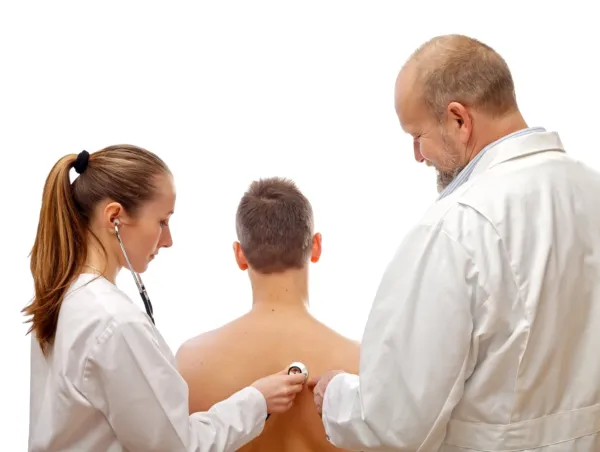Pain Management Coding Alert
Go All the Way to 7 on Crush Injury Dx

Question: An established patient with an injured forearm reports to the PM specialist. The provider performed a level-three evaluation and management (E/M) service. The encounter notes indicate that the patient had a "crush injury, lower forearm." What ICD-10 code would represent this injury?
Wisconsin Subscriber
Answer: The exact ICD-10 code you choose will depend on the laterality of the crush injury, and whether the encounter for the injury is initial, subsequent, or sequela.
First: You need to choose the appropriate base crush injury ICD-10 for the encounter. Try to find out which forearm the orthopedist treated; then, choose one of the following codes to start:
- S57.80-- - Crushing injury of unspecified forearm
- S57.81-- - Crushing injury of right forearm
- S57.82-- - Crushing injury of left forearm.
Then: Choose the correct seventh character to describe the type of visit. Your choices are:
- A - initial encounter
- D - subsequent encounter
- S - sequela.
Warning: While you might be tempted to ignore the A (initial encounter) seventh character since this is an established patient, you would do so at your own peril. Although this is an established patient, you didn't say whether this was the initial, subsequent, or sequela encounter for the crush injury. And when you're choosing a seventh character, you're choosing it based on that specific injury only. Hence, it is possible that a currently established patient might report for an initial encounter for treatment of a new injury.
So, let's say that you comb through the notes and discover the patient's right forearm is injured, and this E/M is a subsequent encounter for treatment of this injury. On the claim, you'd append S57.81XD to 99213 (Office or other outpatient visit for the evaluation and management of an established patient, which requires at least 2 of these 3 key components: An expanded problem focused history; An expanded problem focused examination; Medical decision making of low complexity ...).
Remember, the A, D, and S characters are for the seventh slot only, so the sixth-character X is a placeholder for this ICD-10 code.
Related Articles
Pain Management Coding Alert
- CPT® Coding:
Count Levels Before Taking Shot at these Facet Joint Injections
Cervical/thoracic, lumbar/sacral shots might be multi-code encounters. Patients reporting to the PM specialist for paravertebral [...] - Clip and Save:
Look to these Codes on Paravertebral Facet Joint Injections
Remember, not all payers have identical approved diagnoses. When a patient reports to the PM [...] - FAQ:
Incident-to Savvy Can Boost Bottom Line
Medicare, some third-party payers will let NPP bill incident-to ... if rules are met. Pain [...] - ICD-10 Coding:
Aim Straight on Stomach Pain Dx with these Tips
Supporting stomachache coding can be easy with the proper guidance. Patients reporting with abdominal issues [...] - You Be the Coder:
Go All the Way to 7 on Crush Injury Dx
Question: An established patient with an injured forearm reports to the PM specialist. The provider [...] - Reader Question:
Remember Fracture History on Osteoporosis Dx
Question: The PM specialist treated a patient with osteoporosis. The patient doesn't have a current [...] - Reader Question:
Check Out these Knee-Related RA Codes
Question: I have encounter notes in front of me that indicate the provider treated a [...]




